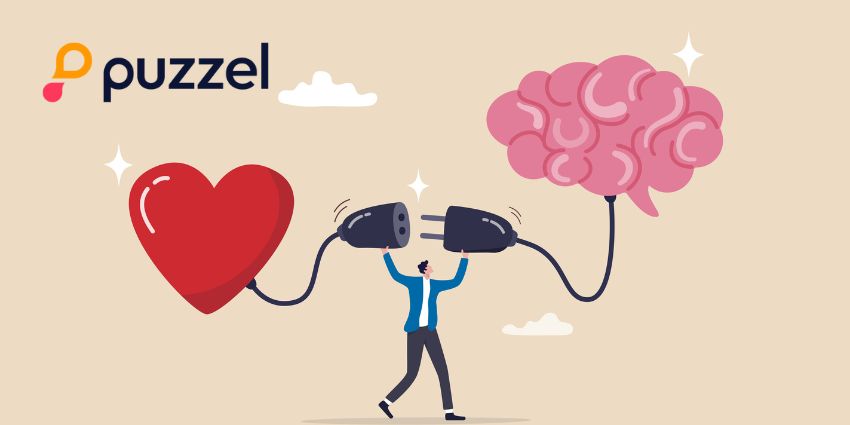ServiceNow is on a mission to become the “ultimate AI platform” for business.
The ServiceNow Workflow Data Fabric is a central component of that vision.
It tackles a critical problem enterprises face when implementing AI: “All my data is scattered across multiple enterprise systems.”
Connecting these data sources and activating them for enterprise AI is – for many large organizations – a Herculean task.
Announced in October 2024, ServiceNow Workflow Data Fabric aims to simplify the challenge.
What Is ServiceNow Workflow Data Fabric?
Put simply, ServiceNow Workflow Data Fabric aims to connect all of an organization’s data, no matter where it resides, on one unified platform.
In doing so, the solution makes external data available directly within ServiceNow workflows.
Critically, ServiceNow also provides zero-copy connectors, ensuring that AI agents can pull data from key repositories without importing, storing, or replicating it.
Additionally, Workflow Data Fabric allows AI agents to not only take from data repositories but also access and update the data within them.
As such, AI agents and workflows aren’t limited to only what’s inside ServiceNow. Instead, they can interact with external data in real time. The storage step has gone.
Other notable features include an integration hub, external content connectors, and a dedicated knowledge graph for harmonizing data at scale. (More on all this later!).
How Does ServiceNow Workflow Data Fabric Work?
As its customers aspire to build a more autonomous enterprise, ServiceNow encourages them to leverage Workflow Data Fabric as part of a three-step process: Connect, Understand, and Act.
1. Connect: Tying Enterprise Data Together with Ease
Organizations create and consume data in countless formats. There are spreadsheets, Slack conversations, ERP tables, and even real-time feeds from IoT sensors.
Workflow Data Fabric supports all these data types using built-in and custom connectors.
The Integration Hub introduces 200+ out-of-the-box spokes to connect with external tools like SAP, Salesforce, Microsoft Dynamics, and so on.
There’s also a “Stream Connect” solution, which helps companies handle streams of real-time event data through Apache Kafka.
Users may also link unstructured data sources through integrations with SharePoint, Box, Confluence, and more.
As noted previously, the zero-copy connectors also ensure that data is maintained in its original location, such as Databricks and Snowflake.
2. Understand: Contextualizing and Enriching That Data
Next, ServiceNow Workflow Data Fabric empowers companies to enrich and contextualize data to address different needs.
The knowledge graph translates raw data into meaningful visualizations and actionable insights.
There’s also built-in document intelligence, which can take unstructured files (like scanned files) and extract details for teams.
Plus, companies can use process mining solutions to create a visual map of how data and processes flow in real-world scenarios.
Lastly, users can set up issue alerts, monitor KPIs and ROI, and more.
3. Act: Unlocking Automation and Opportunities
After enterprises align, centralize, and enrich their data, they can start to automate.
The RPA (Robotic Process Automation) hub allows companies to automate system tasks without API access.
The intuitive automation center gives companies full visibility into their automation landscape, with insights into health failures, ROI, goals, and opportunities.
Moreover, companies can harness their connected data to create and power AI agents.
ServiceNow’s AI agents, grounded in cross-enterprise data, can use advanced reasoning, leverage connected software, and collaborate to complete multi-step tasks that cross various departments.
ServiceNow Workflow Data Fabric: Core Capabilities
Ultimately, Workflow Data Fabric provides the foundations for enterprise automation.
The complete toolkit, integrated with ServiceNow’s entire ecosystem, includes:
- An Integration Hub: With 200+ pre-built connectors and custom options via Now Assist, Action Designer, and Spoke Generator, ServiceNow reduces the need for manual coding.
- The Knowledge Graph: The graph helps cluster insights, translate those into insights, and share visualizations.
- A Conversational Interface: Design spokes, RPA bots, playbooks, and more via natural language prompts.
- Stream Connect: With Stream Connect for Apache Kafka and the Kafka Message Flow Trigger, businesses can process and manage large-scale event streams instantly.
- External Content Connectors: Securely access third-party document sources such as Confluence and SharePoint, using AI-powered knowledge management and search.
- Document Intelligence: Extract and classify data from various documents to reduce costs and improve efficiency.
While these are the core capabilities of Workflow Data Fabric, the solution can also support other solutions across the ServiceNow ecosystem.
Consider process mining. With Workflow Data Fabric, businesses can better scan and visualize processes to help identify areas for improvement and automation.
Next, think about the RPA hub. Workflow Data Fabric will help integrate workflows on ServiceNow with any system lacking API access, including Java, Windows, Web, and legacy apps.
Finally, consider Boomi API Management. With this and the Workflow Data Fabric, brands can monitor the entire API landscape from a central platform, with visibility into shared data and apps for end-to-end governance.
The Value of ServiceNow Workflow Data Fabric
Advanced AI solutions need instant access to massive amounts of clean, reliable data. ServiceNow Workflow Data Fabric unifies and standardizes that data, empowering companies to build intuitive AI experiences.
Beyond opening the door to AI development, Workflow Data Fabric also offers the following benefits:
- It Minimizes Integration Chaos: Traditional integration projects are costly and complicated. Workflow Data Fabric solves this with zero-copy partnerships and built-in connectors. Developers don’t have to reinvent the wheel each time. ServiceNow mentions that the approach can lower integration costs by up to 70 percent.
- It Improves Operational Efficiency: When data is spread across dozens of systems, employees have to wrestle with confusing spreadsheets or wait for approvals from other departments. A single source of data speeds up these routine tasks. The system also makes it easier to create automated workflows, improving process efficiency.
- It Ensures Security and Compliance: Compliance risks are common when multiple copies of sensitive data are scattered across many systems. Workflow Data Fabric streamlines governance. It applies centralized policies to manage user access, keep audit logs, and detect anomalies. Companies can enforce role-based access controls and keep risks to a minimum.
Most importantly, Workflow Data Fabric enables innovation. It lays the groundwork for agile experimentation with automation, AI, and data-driven insights.
Discover more about the ServiceNow ecosystem. Read the article: What Is ServiceNow? A Complete Guide for 2025
Join the CX Community That Values Your Voice
This is your space to speak up, connect, and grow with thousands of CX leaders. Share your voice, influence what’s next, and learn from the best in customer experience. Join the conversation today.







